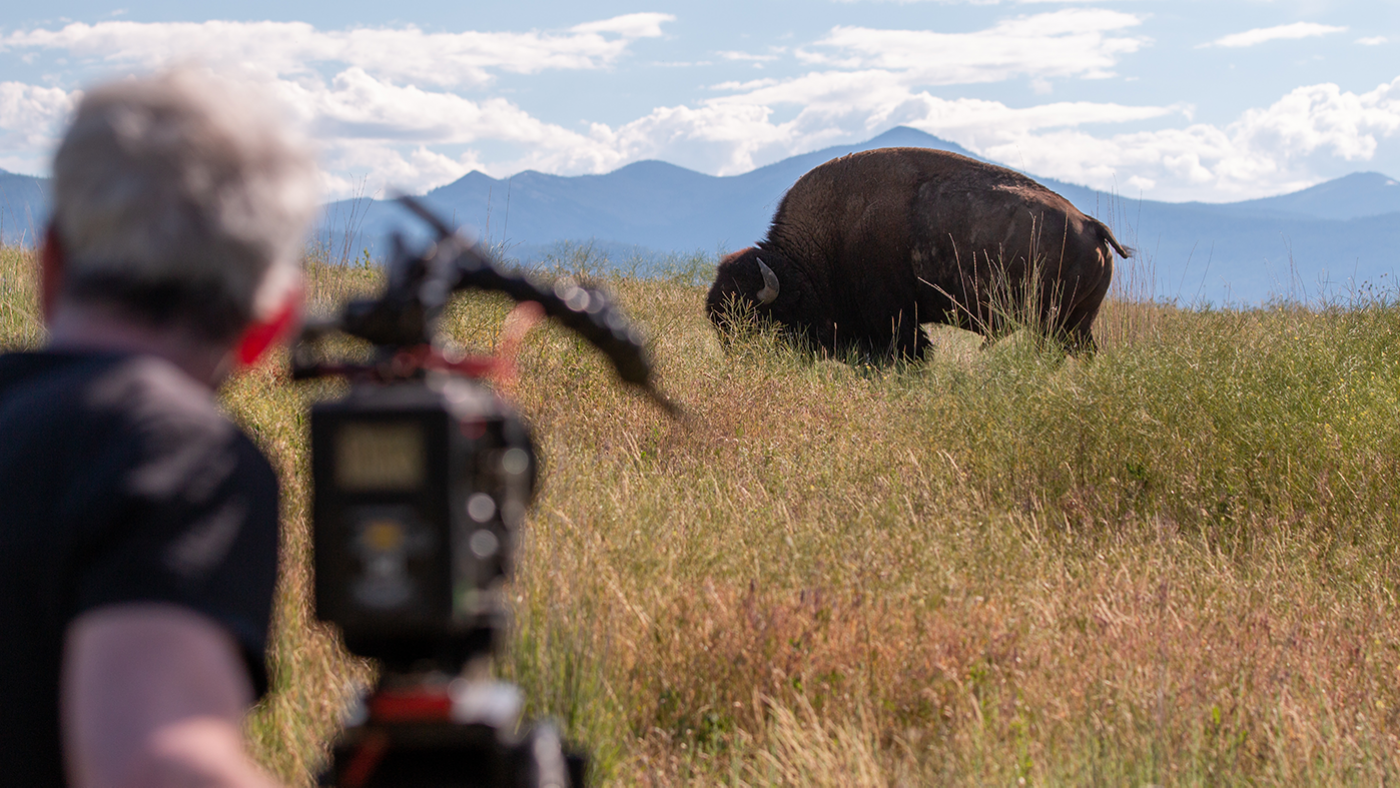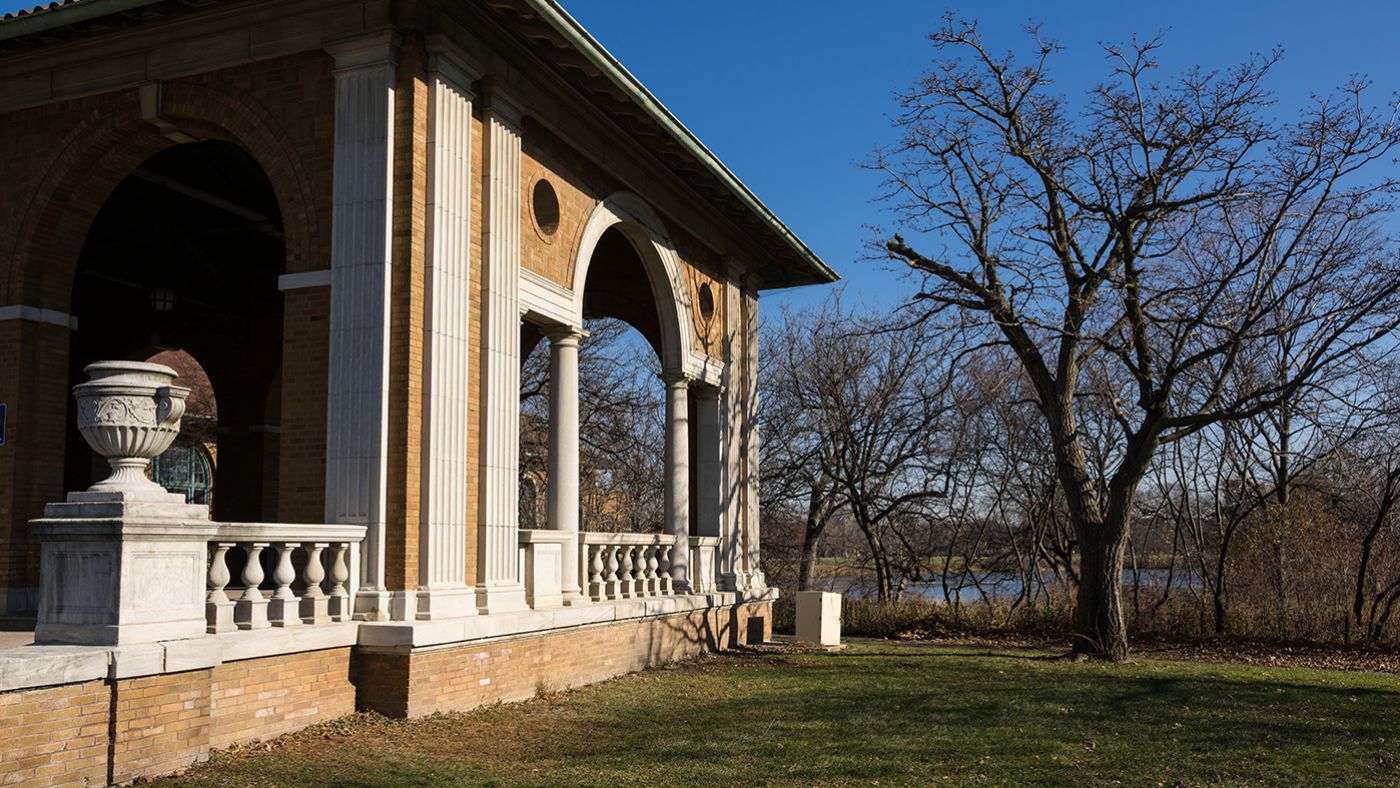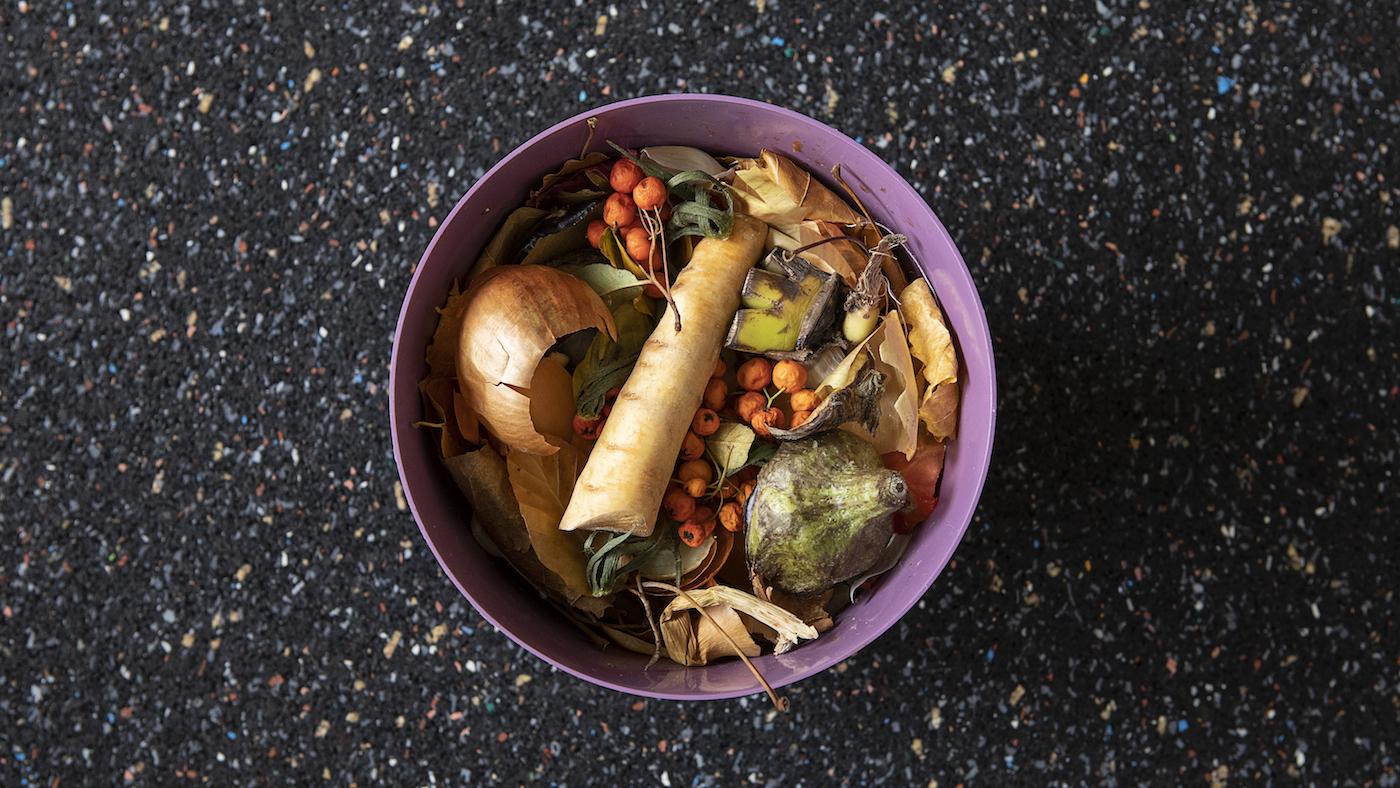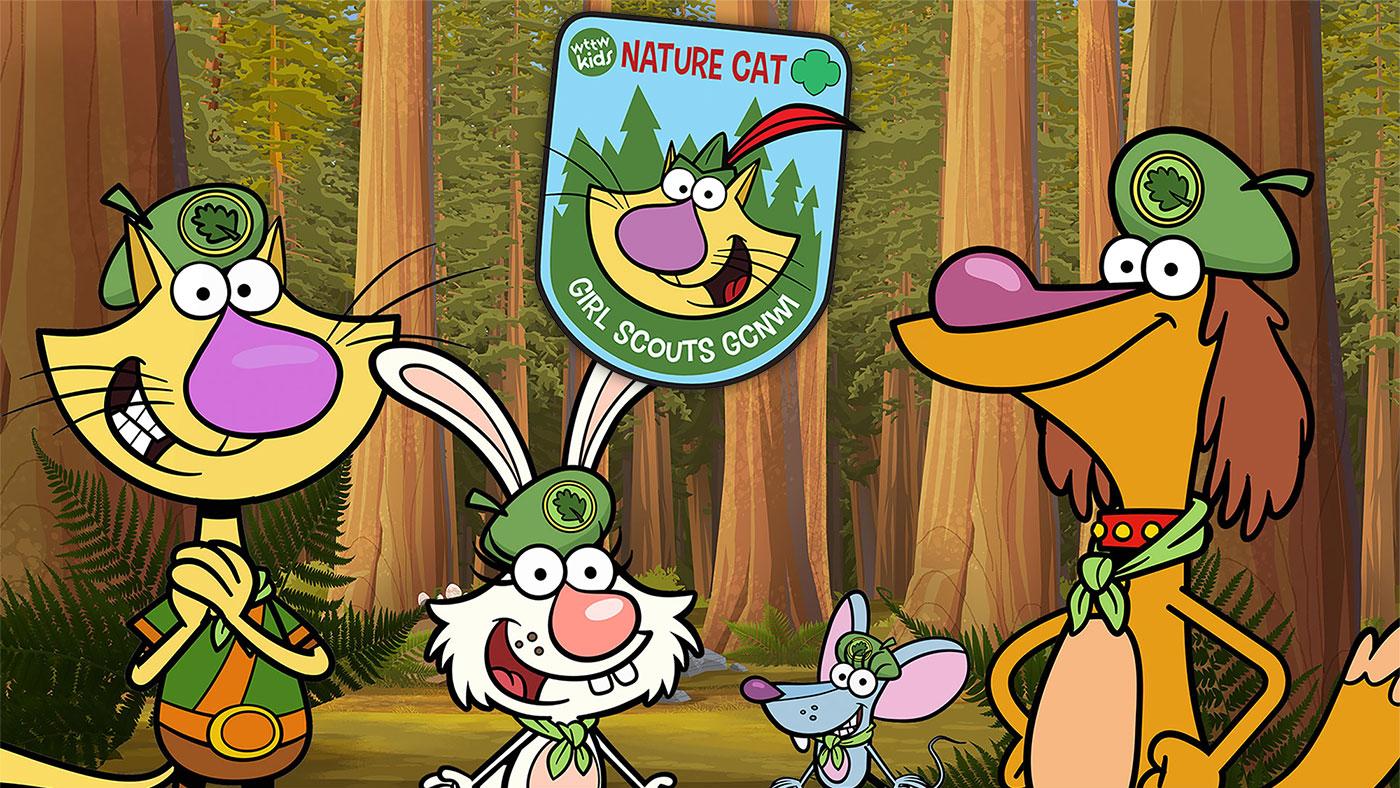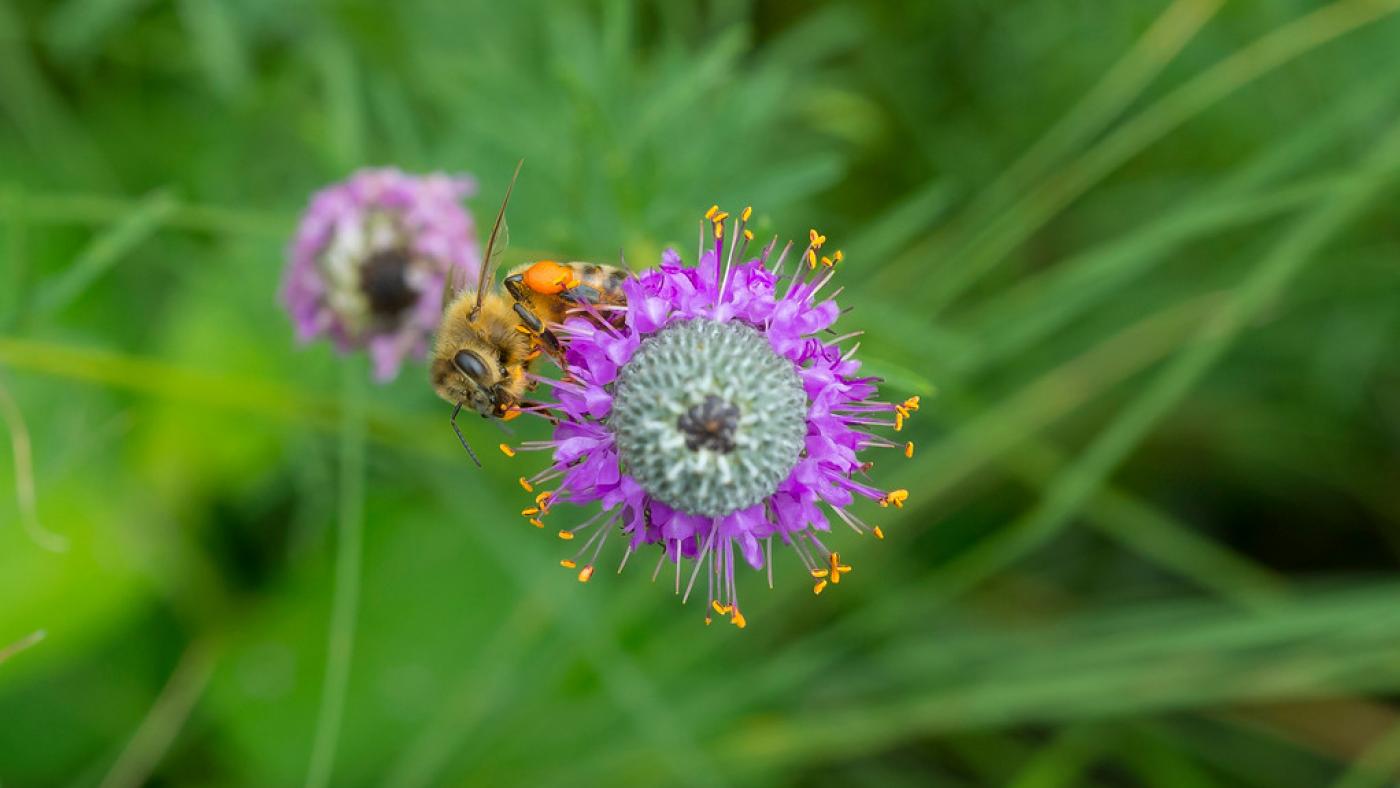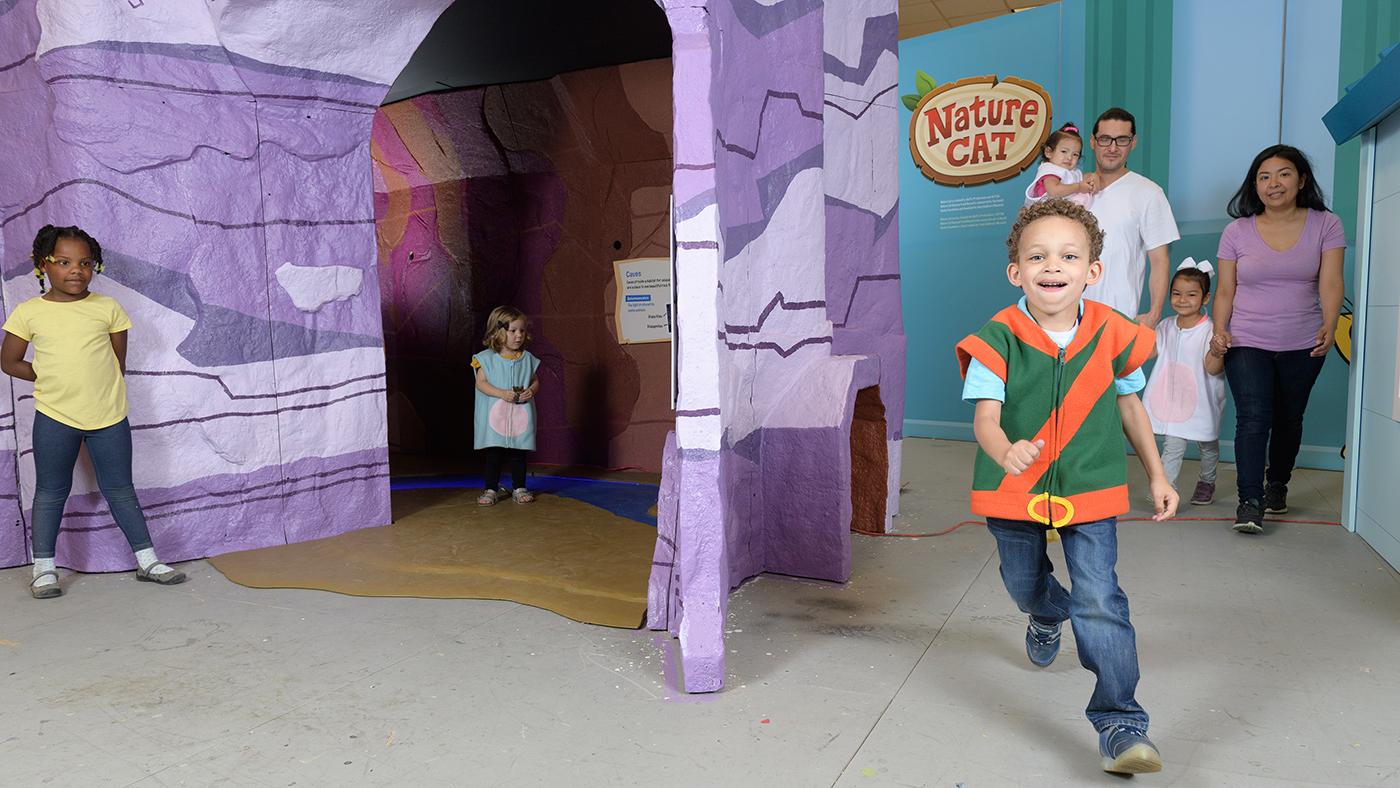The Stunning National Parks of Rwanda
Daniel Hautzinger
April 26, 2018

Rwanda: The Royal Tour airs Thursday, April 26 at 8:00 pm.
Rwanda is a country smaller than Maryland with almost twice the population, yet despite its small size and large amounts of people, it contains some of the most stunning and popular natural landscapes in the world, from its lakes and mountains to savannas and forests filled with protected and rare wildlife.
Despite its beauty, it was the site of one of the worst genocides in human history, when the majority Hutu ethnic group slaughtered an estimated one million Tutsis during three terrible months in 1994. In the almost twenty-five years since that horror, the country has made an unbelievable recovery, with a lessening of ethnic tension, admirable economic growth, lowered poverty and child mortality rates, a national health service, low corruption relative to many other African countries, and a higher percentage of women in its parliament than any other country.
Such progress is largely thanks to Paul Kagame, who led the military force that ended the genocide and who has served as president since 2000. While Kagame is often touted as one of the most effective and admirable leaders in Africa and is beloved by many Rwandans, he has also been accused of authoritarian methods, with stringent restrictions upon his country’s people – for instance, vagrants in Kigali are sent to an island “rehabilitation center,” and people are banned from wearing dirty clothes – and repressing opposition. The constitution was recently revised to allow Kagame to enter a third term as president in 2017. As the headline of a 2013 profile in the New York Times Magazine put it, Kagame is “The Global Elite’s Favorite Strongman,” because of his vexed success.
In Rwanda: The Royal Tour, this complicated leader serves as tour guide of his country to Peter Greenberg during a weeklong trip. What sites do they visit?
Volcanoes National Park
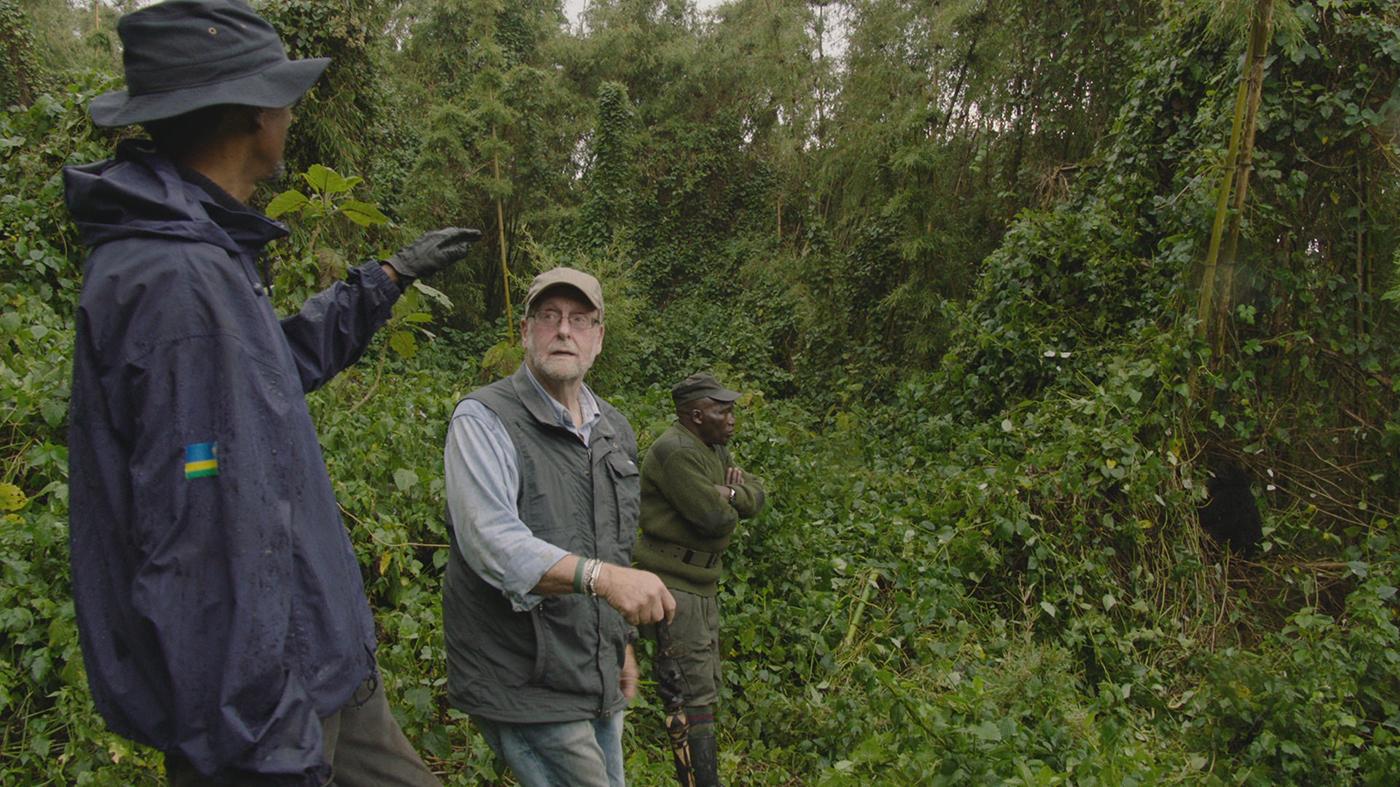 Peter Greenberg and Rwandan President Paul Kagame tracking gorillas in Volcanoes National Park
Peter Greenberg and Rwandan President Paul Kagame tracking gorillas in Volcanoes National Park
This park in the mountainous northwest of Rwanda is home to some of the last remaining mountain gorillas in the world. Dian Fossey lived and conducted her research here, and was also murdered here – her tomb is in the park, next to the grave of her favorite gorilla. Visitors can pay to track gorillas in a group – as one of the only places where gorillas can be seen safely in the wild, this is a major source of tourism. The park – Africa’s first national park – is also known for its golden monkeys and five volcanoes.
Nyungwe National Park
Whereas tourists can track gorillas in Volcanoes National Park, in Nyungwe they can see chimpanzees, as well as twelve other primate species (roughly a quarter of Africa’s total primate species), including the Angola colobus, which is extinct in its eponymous country. This vast rainforest, which may be one of Africa’s oldest, also contains over 300 species of birds, 75 species of mammals, and over 140 orchid species. You can see it from above too, from a narrow suspension bridge that’s 50 meters above the forest.
Akagera National Park
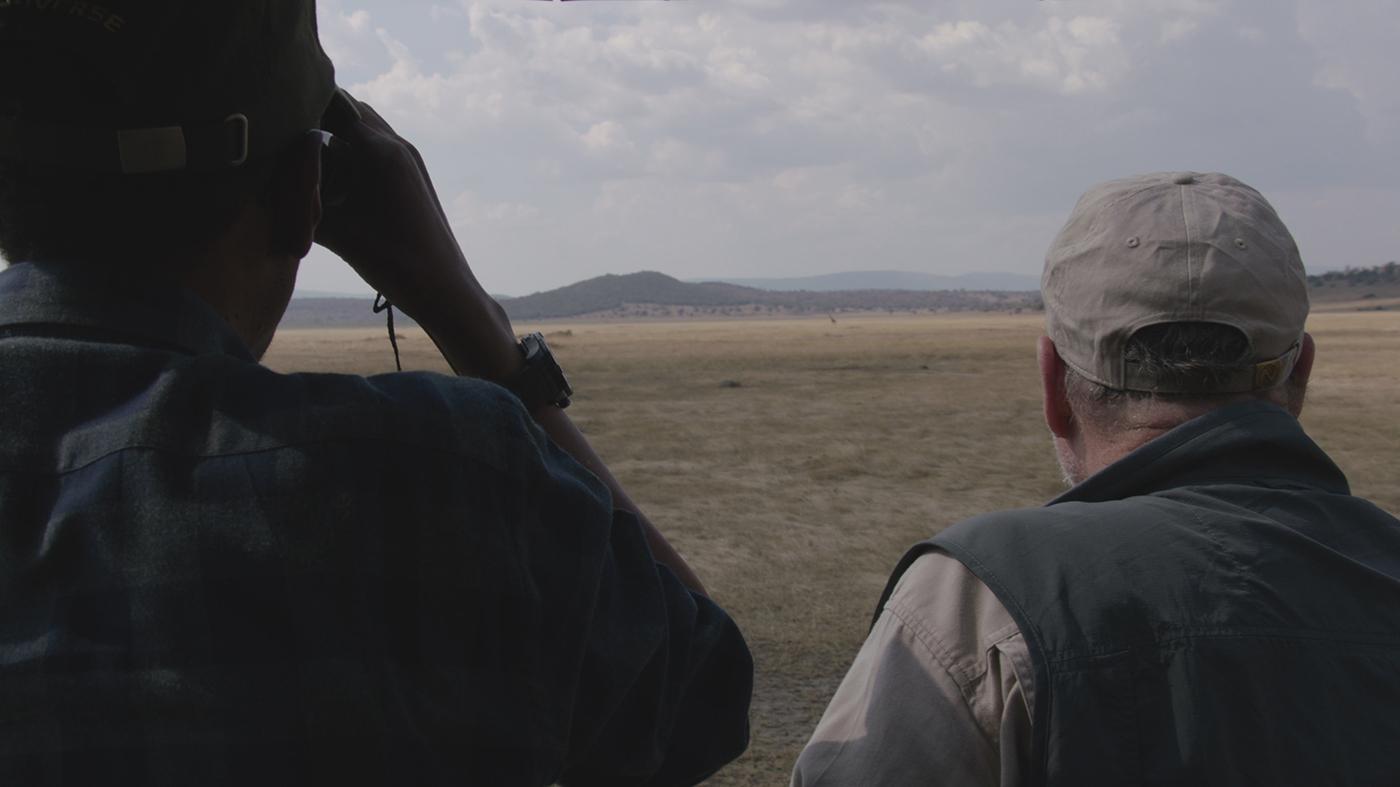 Peter Greenberg and Rwandan President Paul Kagame on safari in Akagera National Park
Peter Greenberg and Rwandan President Paul Kagame on safari in Akagera National Park
Named after the Akagera River, which flows along its eastern boundary on the eastern border of Rwanda, this park presents a vastly different landscape from Volcanoes and Nyungwe parks. Instead of mountains and forests, it offers lakes, papyrus swamps, savannah, and highlands. It is the largest protected wetland in central Africa, and is populated by many species of large animals: elephants, zebras, various antelopes, buffalos. Almost 500 bird species live here, as do primates, leopards, hyenas, jackals, and lions.
Lake Kivu
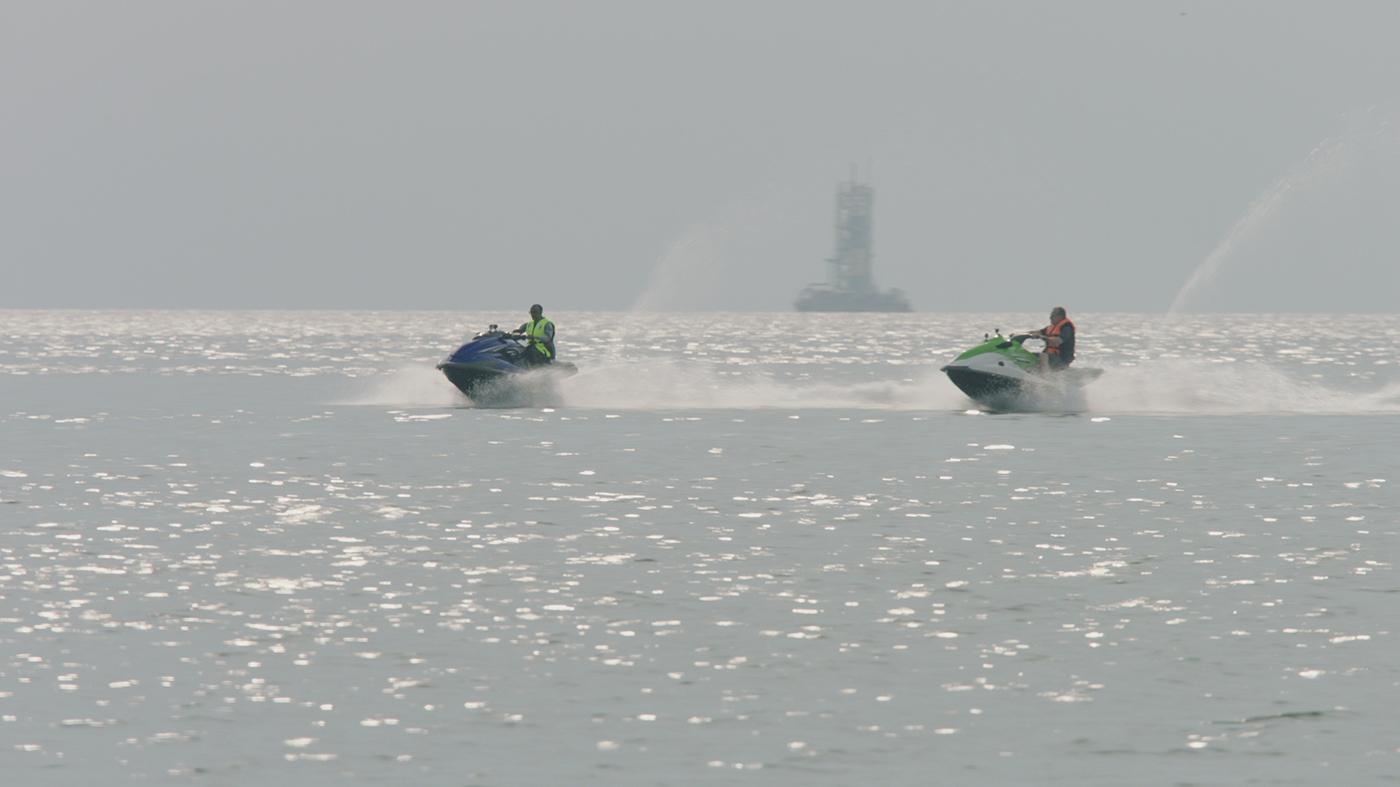 Peter Greenberg and Rwandan President Paul Kagame on Lake Kivu
Peter Greenberg and Rwandan President Paul Kagame on Lake Kivu
Africa has its own Great Lakes, located in East and Central Africa and draining into two of the largest rivers in the world, the White Nile and the Congo. Lake Kivu, which is split between Rwanda and the Democratic Republic of the Congo, makes up a substantial portion of Rwanda’s western border. It is known for its numerous islands, including Idjwi, one of the largest freshwater islands in the world. It contains huge volumes of dissolved methane that some companies have begun to try to extract – that large amount of gas also suggests that the lake may be prone to a rare natural disaster in which a cloud of carbon dioxide erupts from the lake, causing suffocation around the lake and potentially tsunamis. Only three lakes in the world seem prone to such a limnic eruption, and eruptions have only been observed twice in history.
Kigali
The capital of Rwanda, Kigali is a city of around 1.1 million people located roughly in the center of the country. Founded in 1907 during German colonial rule, it became the capital upon Rwandan independence in 1962. It was a major site of the terrible violence of the Rwandan Genocide, and contains a memorial to the genocide as well as the Hôtel des Mille Collines, the building depicted in the film Hotel Rwanda in which more than one thousand people took refuge during the violence. Despite the destruction and horror of the genocide, nearly twenty-five years later the city is one of the safest and cleanest in Africa.

